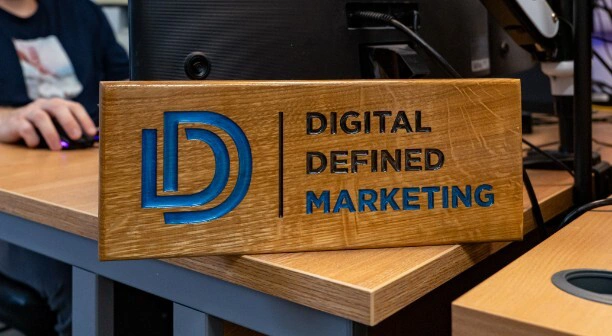
How to get started with local SEO
Local SEO is a potent tool. Whether you're steering an e-commerce ship with physical shops or operating in the business-to-business realm, local SEO can be your compass to success.

Unleashing the Power of Local SEO
In the world of business, local SEO is a potent tool. Whether you’re steering an e-commerce ship with physical shops or operating in the business-to-business realm, local SEO can be your compass to success.
Understanding the Impact
1. E-Commerce Elevation:
For e-commerce businesses entwined with physical shops, local SEO acts as a beacon guiding potential customers to your doorstep. Optimise your online presence to seamlessly connect digital storefronts with brick-and-mortar locations. Witness a surge in foot traffic as local SEO propels your products into the limelight precisely when and where customers are seeking them.
2. Business-to-Business Brilliance:
In the world of B2B, local SEO is your silent yet powerful ally. Elevate your visibility within your business community by optimizing for local searches. Garner trust and credibility by showcasing your proximity to industry hubs. Watch as your B2B partnerships flourish, spurred by the local connections fostered through an astute local SEO strategy.
3. Manufacturing Mastery:
Even in the manufacturing arena, local SEO is a catalyst for success. Elevate your brand’s regional visibility, attract skilled talent, and cement your standing in the local industrial ecosystem. By optimizing for local search, manufacturers can seamlessly integrate into their communities, fostering positive relationships and enhancing the overall business landscape.
Your Local SEO Roadmap
1. Diagnostic Analysis:
Conduct a comprehensive audit of your current online presence. Use actual data, don’t base this on opinions.
Identify strengths and weaknesses in your existing digital strategy.
Assess the clarity and consistency of your business information across online platforms.
Check your brands reputation. Search like a customer “[your brand] reviews” will help you find reviews listed in places you might have forgotten about.
2. Keyword Navigation:
Perform thorough keyword research to identify terms relevant to your business and customers sales journey and onwards.
Understand the language your target audience uses when searching for products or services.
Prioritise and incorporate these keywords strategically into your website content.
3. On-Page Optimisation:
Ensure your website is mobile-friendly. Test each page and every link, form and button.
Incorporate location-specific information on relevant web pages.
Optimise meta titles, descriptions, and header tags for local relevance.
Include photos which contain EXIF meta data where relevant, this meta data contains location data which search engines read.
Improve page load speed for seamless navigation.
4. Google My Business Anchoring:
Claim and verify your Google My Business (GMB) listing. Then create a Bing Places account and sync it with Google.
Provide accurate business information, including name, address, phone number (NAP), and business hours.
Add high-quality images showcasing your products, services, or physical location.
Encourage and respond to customer reviews on your GMB profile. Make commitments to users who aren’t happy and show people you’re trying to re-engage with them to rectify issues.
5. Citations and Backlinks Expedition:
Ensure consistency of business information (NAP) across all online directories and platforms.
Actively seek authoritative backlinks from relevant and reputable sources, consider the types of content your audience consume.
Create and maintain citations on local directories, ensuring accuracy and completeness.
6. Monitoring the Horizon:
Implement analytics tools (e.g., Google Analytics) to track website performance.
Regularly review keyword rankings and adjust content accordingly.
Record any tests and keywords positions, before you make a change so you know if it improves.
Set up alerts for mentions of your business online.
Use tools like Up-time robot to get alerts when your website is down.
Request customer reviews
Ongoing Strategy:
Stay informed about local SEO trends and algorithm updates. The best place for this is still X (aka Twitter), find a couple of people to follow who are active and updating their followers and turn on notifications.
Regularly update website content to reflect changes in products, services, or business information.
Keep thinking about your audience, and writing content which helps your brand become a helpful and useful resource for your customers before, during and after they’ve purchased from you.
Explore additional opportunities for local online visibility, such as local sponsorships or partnerships.
By diligently working through this guide, business leaders can systematically implement and maintain an effective local SEO strategy, driving positive outcomes for their enterprises. Each task is designed to contribute to increased efficiency, productivity, enhanced reputation, and an improved customer experience.

Are you looking for a marketing agency to partner with?
You might also like
Google and other search engines understand that there's a significant difference in what people want to find in search results based on how they search.
We explore key signs that your website might be in need of a refresh, going beyond surface-level issues.
Unlocking SEO Success for New Websites Congratulations on the launch of your new website! Now, let's ensure it catches the eye and ranks high on search engines. Search Engine Optimization (SEO) is your key to Read more...


